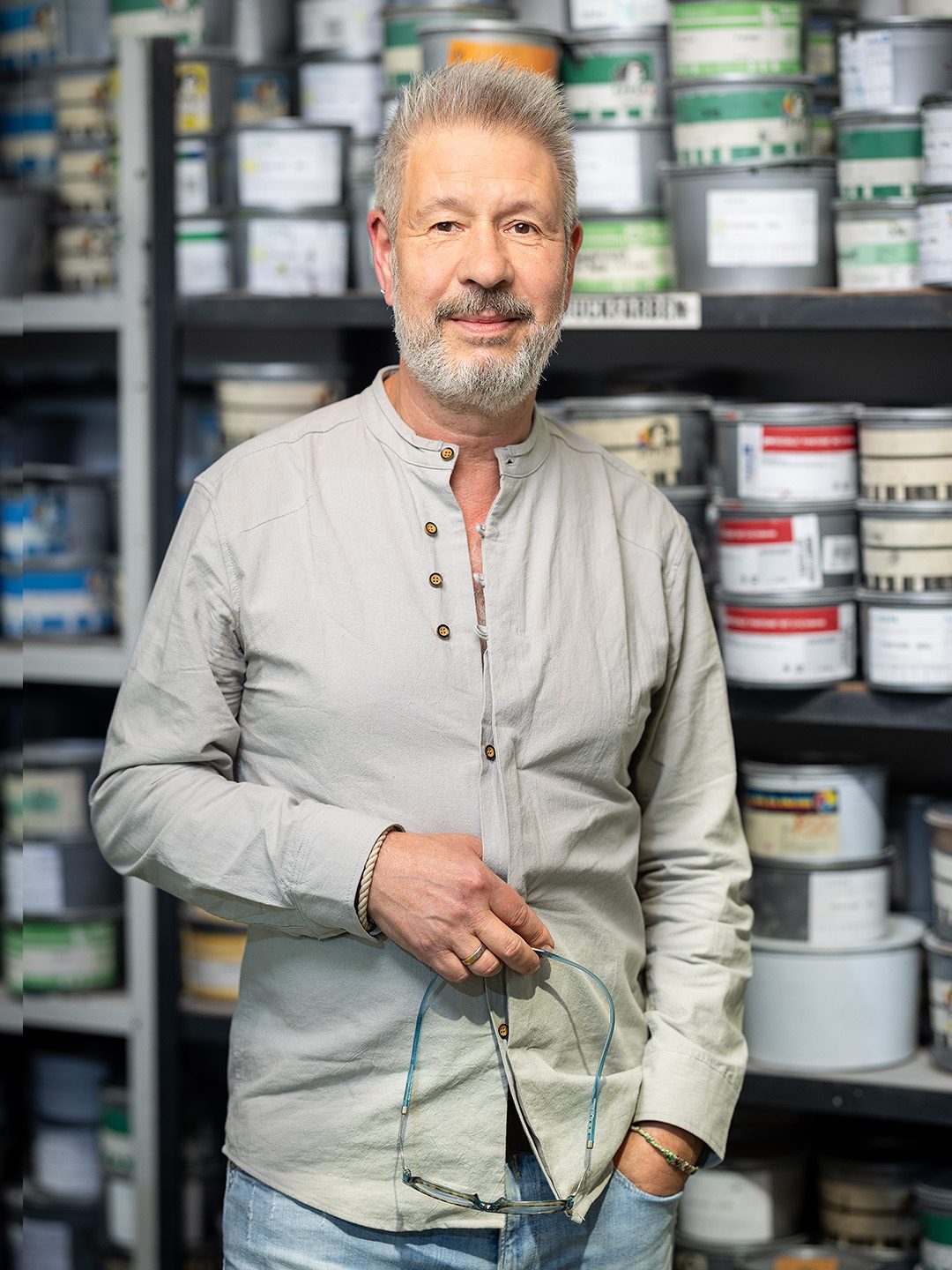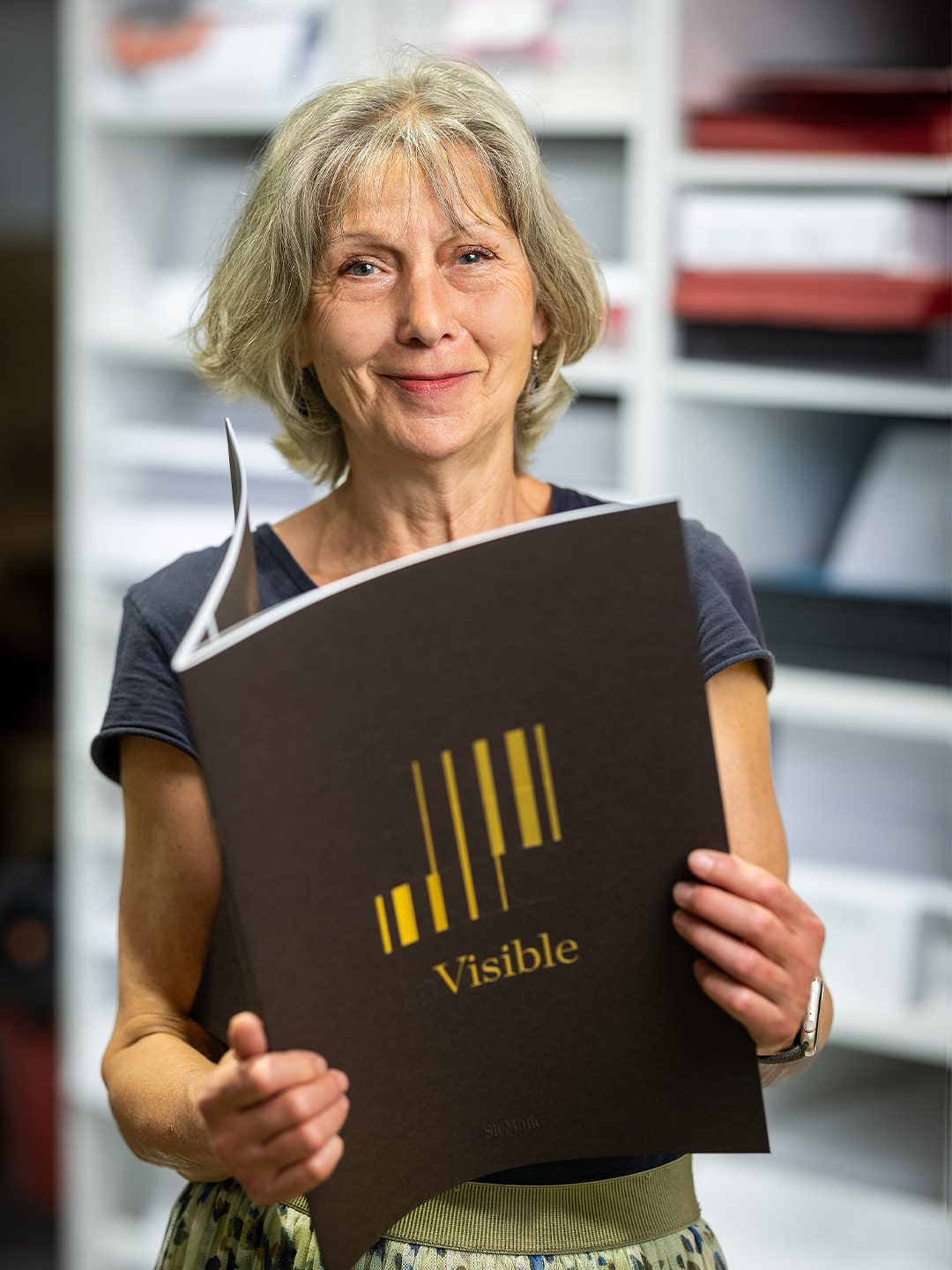
Spezialdruck
Berlin's best in-house finishing. With hot foil stamping, blind embossing, letterpress, foil edge finishing, edge coloring, spot coating, large scale or by hand, we give your printed matter the perfect finishing touch.
Our finishing techniques
Hot foil stamping
Hot foil stamping is an upgrade for any printed product. The foil is transferred to the paper with heat and pressure using a metal embossing die. Whether for monochrome looks or strong color contrasts, gold, metallic or bright colors, glossy or matte – partial foil transfer refines the finest and is a beautiful counterpart especially to natural papers.
Blind embossing
Blind embossing requires no foil or ink to create visible and tactile shapes in the two-dimensionality of paper-just high pressure and high-quality embossing dies, preferably brass. On thick and soft paper, brass dies produce particularly impressive blind embossing.
Print Art made in Kreuzberg.
Letterpress
Letterpress is the original art of book printing that has beautifully shaped the design of invitations and cards in recent years and has found many new fans. Using our authentic Heidelberg platen printing presses, we emboss special colors deeply into the paper using engraved or etched stamps. Strong, voluminous cardstocks are particularly suitable for letterpress.

Edge Coloring
Edge coloring perfects business cards, invitations, or notepads in detail. With special colors or a color gradient, the cut edges can be finished with direct color application to match any design. For those who like it sparkly: With foil edge finishing, you can add gold, silver, metallic tones, holographic and glitter effects to create the most beautiful corners and edges.

Relief Printing / Relief Coating
In thermographic relief printing, we apply a transparent powder to the fresh ink after offset printing — and melt it. The result is a tangibly raised relief. Sparkling and glittering powders create particularly exciting relief coatings.
Foil Edge Finishing
Our Spezialdruck printers have been Berlin’s go-to for foil edge finishing for years. By using foil-finished smooth edges, we give print products a particularly high-quality finish. The selection of hot foils in gold, silver, metallic, colored and effect foils, both matte and glossy, is vast. We also realize edge finishing with classic edge coloring.
Partial UV coating
Partial UV coating is an on-point finishing — subtle and with a wow effect. The glossy spots are visual and tactile extras whose high-quality impact unfolds in contrast to the paper surface. Spot coating can be applied particularly high, so that the gloss can be felt.
Die-cutting
Rounded corners, holes, removable elements, motif silhouettes, cutouts, perforations, tabs, fasteners, insertion slots – with cutting dies, we can shape printed sheets into individual forms or cut out elements.
Service Special Printings and Finishing

Head of special prints & finishing

Special prints & finishing













